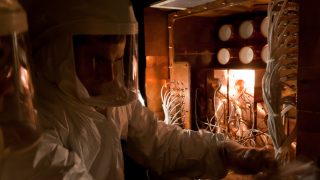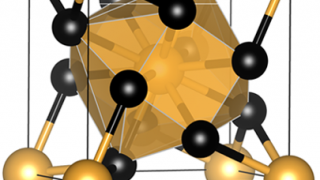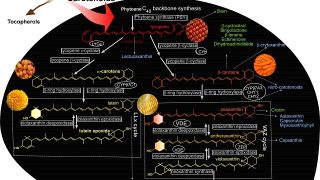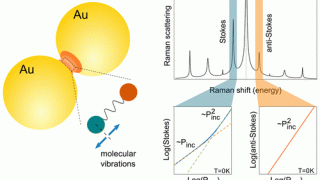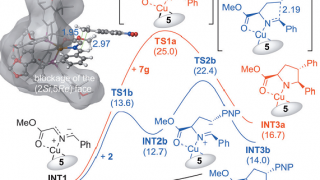
A new hope for amputees
Amputees are people that have had a limb removed by trauma, medical illness, or surgery. In this latter case, it is used to control pain or a disease process in the affected limb, such as malignancy or gangrene. Nevertheless, most new amputations occur due to complications of the vascular system, especially from diabetes. It is […]
